Some of the most common problems with foundation include makeup moving around, “sliding off” and separation, especially around the t-zone. It’s probably the most common question I get asked about complexion. I was thinking about all of the advice I give and thought I would collate this in a blog post for those interested.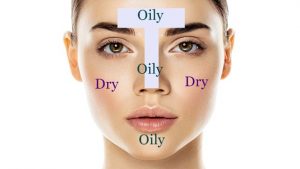
- First of all, good complexions are born from good skincare.
- Good skincare starts with staying hydrated.
- Good skin is maintained by cleaning your face AM and PM.
- Skin is altered or problem-solved by specific ingredients.
So after the mini crash course in skincare, there is actually one more thing that can be affecting your complexion. Most people are usually driven to buy primers and foundations because of an advert, a recommendation or a celebrity endorsement. However, understanding how primers and foundations work together could really change the way you select your products.
- Water Based Primers + Water Based Foundations = Great for dry skin and sensitive skin. Also good for those who are prone to breakouts.
- Silicone Based Primers + Silicone Based Foundations = Great for oily skin.
- Water Based Primers + Silicone Foundations = Will probably look okay straight after application, but throughout the day the two will repel each other, causing your makeup to slide off.
- Silicone Based Primers + Water Based Foundations = Will cause separation. The primer will create a silicone barrier which repels the water in the foundation not letting it absorb properly into your skin, resulting in unevenness.
Not only should you use a combination that works for your skin type, you should also be pairing them, like for like. Mis-matching brands are fine as long as they both belong to the same category ‘water based’ or ‘silicone based’.
So, how do we know what’s what? We look at the ingredients!!
-Cone/-methicone and -siloxane words near the top of the list tend to signal a silicone-based product. Although water may be at the top of an ingredient list, it doesn’t necessarily mean that the product is water based. Products can be silicone based even if water is at the top of the ingredient list because water is what’s needed to make a “liquid product”.
Here is an example of an ingredient list for a silicone based primer: Touch In Sol No Problem Primer
Cyclopentasiloxane, Water, Dimethicone, Dimethicone/Vinyl Dimethicone, Crosspolymer, PEG-10 Dimethicone, Dimethicone Crosspolymer, Dipropylene Glycol, Silica, Phenoxyethanol, Disteardimonium Hectorite, Magnesium Sulfate, Fragance(Parfum), Methyl Methacrylate Crosspolymer, Titanium Dioxide (CI 77891), Ethylhexylglycerin, Disodium EDTA, Aluminum Hydroxide, Stearic Acid, Butylene Glycol, Iron Oxides (CI 77491), Soluble Collagen, Red 30 Lake (CI 73360), Camellia Sinensis Leaf Extract, Triethoxycaprylylsilane.
I’ve made the silicone-based ingredients bold so that you can see the primary ingredients are silicone based, therefore making this a silicone based primer.
Here is an example an ingredient list for a water based primer: MILK Makeup Hydro Grip Primer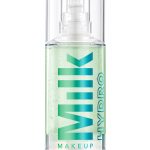
Aloe Barbadensis Leaf Water, Water, Glycerin, PEG-150 Distearate, Alcohol Denat., Polyglyceryl-10 Eicosanedioate/Tetradecanedioate, Diglycerin, PVP, Benzyl Alcohol, Sorbitol, Pullulan, Inositol, Betaine, Carbomer, Maltose, Xylitol, Sodium Hydroxide, Sodium Benzoate, Potassium Sorbate, Sodium Phytate, Benzophenone-4, Dehydroacetic Acid, Phenoxyethanol, Agave Tequilana Stem Extract, Sodium Hyaluronate, Niacinamide, Propylene Glycol, Panthenol, Vegetable Amino Acids, Cannabis Sativa (Hemp) Seed Extract, Opuntia Ficus-Indica Flower Extract, Prunus Avium Flower Extract, Citric Acid, Benzoic Acid, Yellow 5 (Ci 19140), Blue 1 (Ci 42090), Red 33 (Ci 17200).
As you can see there aren’t any silicone ingredients on the top of this list (if any) which means it’s a water-based primer.
Here is an example of an ingredient list for a Silicone Based Foundation: NARS Natural Radiant Longwear Foundation
Dimethicone, Water, Phenyl Trimethicone, Glycerin, Polymethylsilsesquioxane, Peg-10 Dimethicone, Dimethicone Crosspolymer, Cyclopentasiloxane, Trimethylsiloxysilicate, Ppg-3 Benzyl Ether Myristate, Boron Nitride, Bis-Butyldimethicone Polyglyceryl-3, Butylene Glycol, Sorbitan Sesquiisostearate, Rubus Idaeus (Raspberry) Fruit Extract, Citrullus Lanatus (Watermelon) Fruit Extract, Pyrus Malus (Apple) Fruit Extract, Lens Esculenta (Lentil) Fruit Extract, Tocopherol, Sodium Pca, Sodium Lactate, Disodium Stearoyl Glutamate, Hydrogenated Polydecene, Pentaerythrityl Tetraethylhexanoate, Peg/Ppg-14/7 Dimethyl Ether, Pentaerythrityl Tetra-Di-T-Butyl Hydroxyhydrocinnamate, Sodium Stearoyl Glutamate, Behenic Acid, Stearic Acid, Stearyl Alcohol, Behenyl Alcohol, Disteardimonium Hectorite, Triethoxycaprylylsilane, Barium Sulfate, Aluminum Dimyristate, Alumina, Tin Oxide, Polysilicone-2, Potassium Hydroxide, Phenoxyethanol, Sodium Benzoate, Potassium Sorbate, [+/- (May Contain): Mica, Titanium Dioxide (Ci 77891), Iron Oxides (Ci 77491), Iron Oxides (Ci 77492), Iron Oxides (Ci 77499)].
You can see in bold the primary ingredients are silicone based, making this a silicone based foundation.
Here is an example of an ingredient list for a Water-Based Foundation that is one of my favourites: Too Faced Born This Way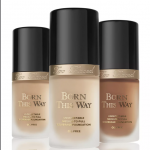 Foundation
Foundation
Water, Cyclopentasiloxane, Glycerin, Aluminum Starch Octenylsuccinate, Isododecane, Polyglyceryl-4 Isostearate, Cetyl PEG/PPG-10/1 Dimethicone, Hexyl Laurate, Dimethicone, Ethylhexyl Methoxycinnamate, Magnesium Sulfate, Diphenyl Dimethicone, Tribehenin, Triethoxycaprylylsilane, Disteardimonium Hectorite, Polysilicone-11, Propylene Carbonate, Tetrahexyldecyl Ascorbate, Cocos Nucifera Water, Ethylhexyl Palmitate, Rhododendron Ferrugineum Extract, Alcohol, Silica Dimethyl Silylate, Llyl Glycol, Phenoxyethanol. May Contain (+/-): Titanium Dioxide (CI 77891), Iron Oxides (CI 77491, CI 77492, CI 77499).
You can see in bold there are some silicone ingredients in there, however they are not the primary ingredients therefore making this foundation a water based foundation.
Water-Based Foundations
Water-based foundations will contain neither oil nor silicone at the top of their ingredient lists. Some water-based foundations may have silicones in them, but the quantity is so small that it isn’t worth mentioning.
If you’re prone to breakouts, a water-based foundation will be the most gentle on your skin. This is also a great option for dry skin because these formulas tend to be nourishing and packed with skin-loving ingredients to help maintain a moisturized look.
Silicone-Based Foundations
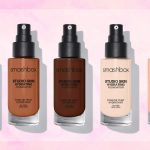 If your foundation is silicone-based, it will (usually) contain ingredients ending in -cone, -methicone and -siloxane as the second or third ingredient. The first ingredient will most likely be water, but that doesn’t mean the foundation is water-based.
If your foundation is silicone-based, it will (usually) contain ingredients ending in -cone, -methicone and -siloxane as the second or third ingredient. The first ingredient will most likely be water, but that doesn’t mean the foundation is water-based.
These foundations are great for mattifying and controlling shine — it’s like having a primer built into your foundation. Because of their mattifying effect, silicone-based primers are good for oily skin. They prolong the longevity of your makeup and protect your skin from outside elements.
Now that you know the importance of identifying a water-based product from a silicone-based product, you can get to work on pairing your foundations with the right primers. This isn’t to say that a silicone primer could never work with a water based foundation or vice versa, but it’s not recommended and you’ll most likely have better and longer lasting results if your bases are the same.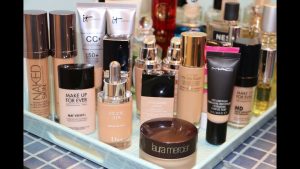
You may also need to test products out to figure out which work best with your skin type. Once you’ve decided what base will work best for you (water based or silicone based), then you can narrow down your search when choosing a foundation and primer. It may be worth investigating your concealers as well to see if they are lending themselves to one team or another.
I hope this was helpful in solving some of your dreaded makeup complexion problems. I know it’s annoying to have to add another step to your “makeup-buying process” but it’ll be worth it if you’re looking for a makeup application that will look great and last all day. You can always bookmark this page as a reference when you go shopping, that should help too.
Here are some of my favorite Water-Based foundations:
Here are some Water-Based Primers
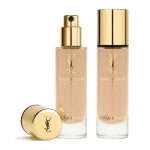 Here are some of my favorite Silicone-Based Foundations
Here are some of my favorite Silicone-Based Foundations
Here are some of my favorite Silicone-Based Primers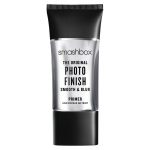
 book The Skincare Bible.
book The Skincare Bible.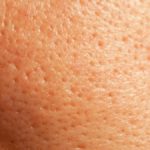 Pores are tiny openings in the skin that house hair follicles, with a sebaceous gland beneath them. These sebaceous glands are responsible for creating the oil that keeps our skin soft and comfortable. Pores are the channel within which this sebum (or oil) travels. WIthout them, skin would quickly become dry and flaky.
Pores are tiny openings in the skin that house hair follicles, with a sebaceous gland beneath them. These sebaceous glands are responsible for creating the oil that keeps our skin soft and comfortable. Pores are the channel within which this sebum (or oil) travels. WIthout them, skin would quickly become dry and flaky.

 Foundation
Foundation If your foundation is
If your foundation is 
 Here are some of my favorite
Here are some of my favorite 
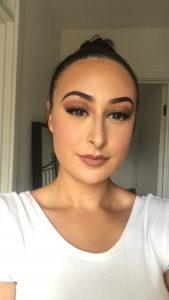
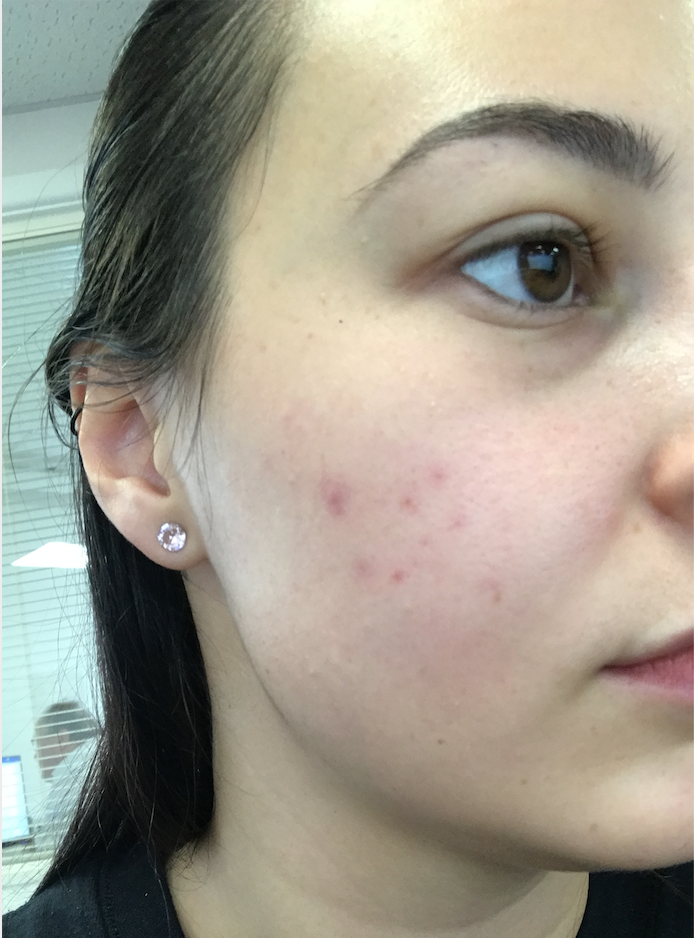 A week went by and the spots didn’t amount to anything. They didn’t look bigger, they didn’t look smaller and they didn’t ‘come to a head’. In fact the only thing that got worse was the pain and itchiness. They felt way bigger than they looked and they throbbed. I tried not to touch them, however whilst investigating, I realised they were getting bigger but
A week went by and the spots didn’t amount to anything. They didn’t look bigger, they didn’t look smaller and they didn’t ‘come to a head’. In fact the only thing that got worse was the pain and itchiness. They felt way bigger than they looked and they throbbed. I tried not to touch them, however whilst investigating, I realised they were getting bigger but 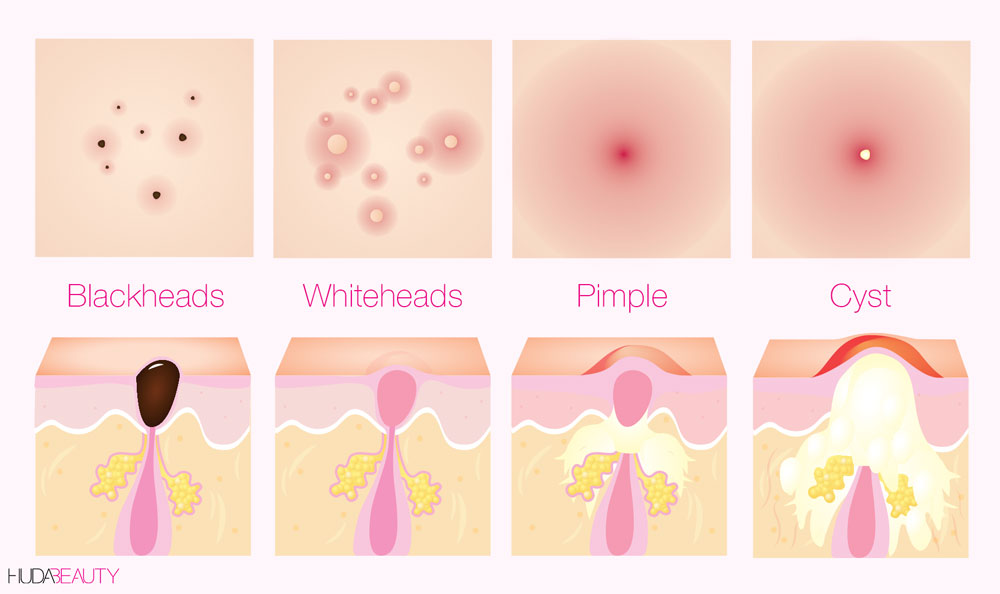 According to WebMD “
According to WebMD “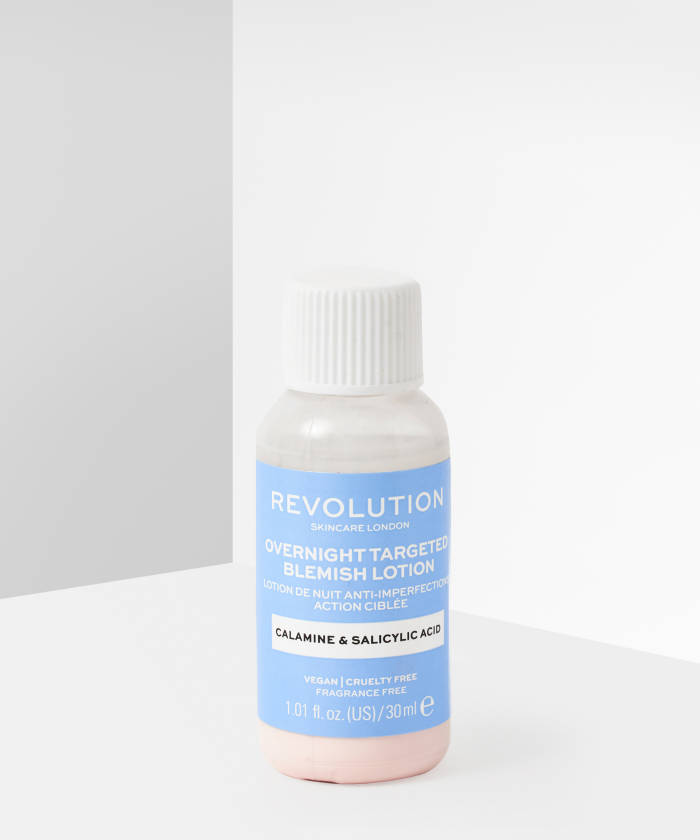 I then bought an ‘Overnight Targeted Blemish Lotion’ from Revolution Skincare. The description was ‘The Overnight Targeted Blemish Lotion is the ideal treatment to help soothe and clear your breakouts in a hurry. Formulated with spot-fighting
I then bought an ‘Overnight Targeted Blemish Lotion’ from Revolution Skincare. The description was ‘The Overnight Targeted Blemish Lotion is the ideal treatment to help soothe and clear your breakouts in a hurry. Formulated with spot-fighting 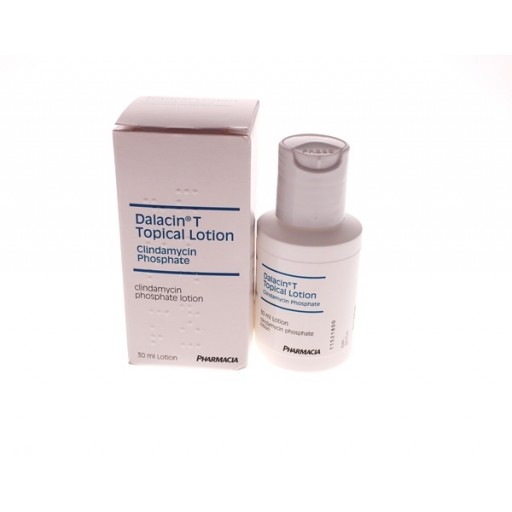 Now whilst I can’t tell you where you can buy it, as it has to be prescribed. I can tell you that if you are suffering as much as I was, go to your doctor and make a massive fuss and ask for it! Because I honestly can’t recommend it enough!
Now whilst I can’t tell you where you can buy it, as it has to be prescribed. I can tell you that if you are suffering as much as I was, go to your doctor and make a massive fuss and ask for it! Because I honestly can’t recommend it enough!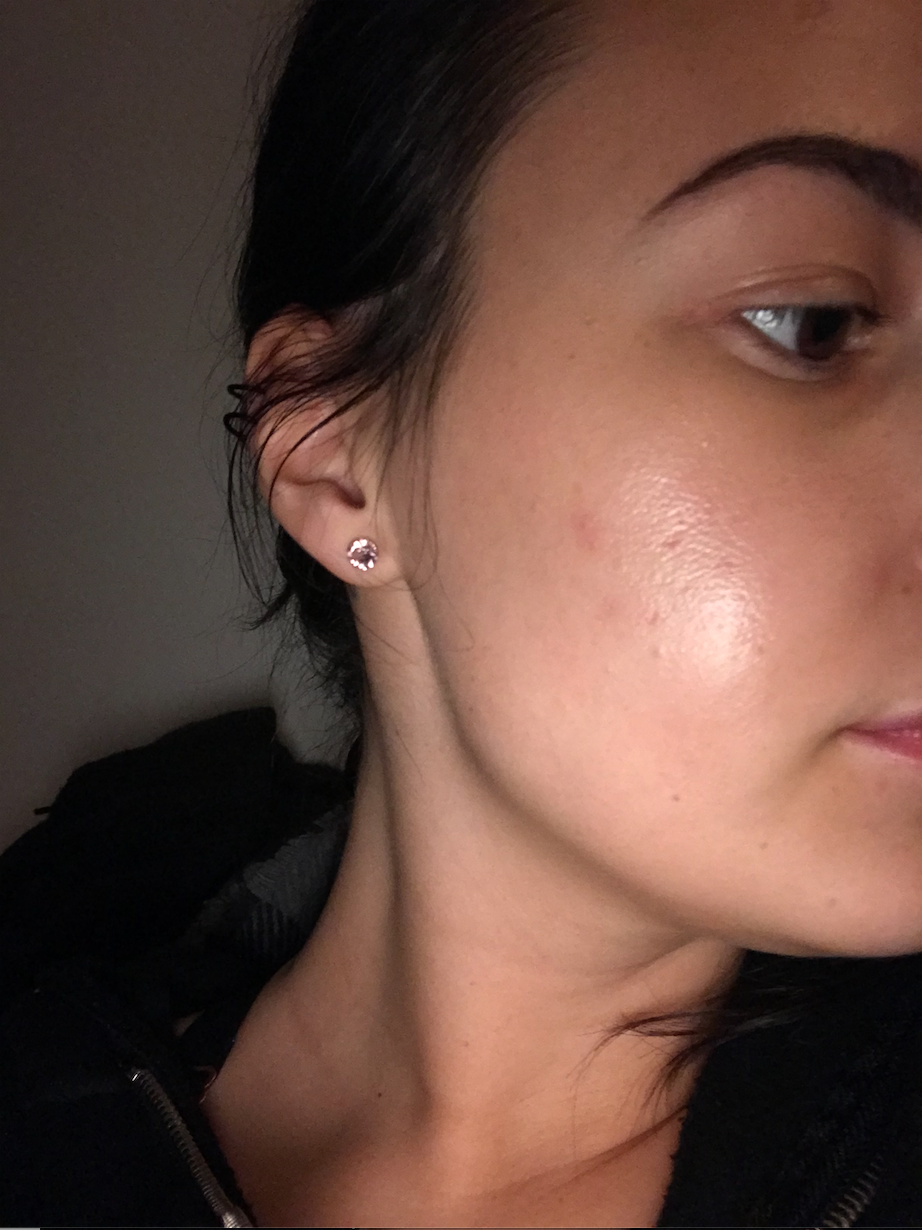
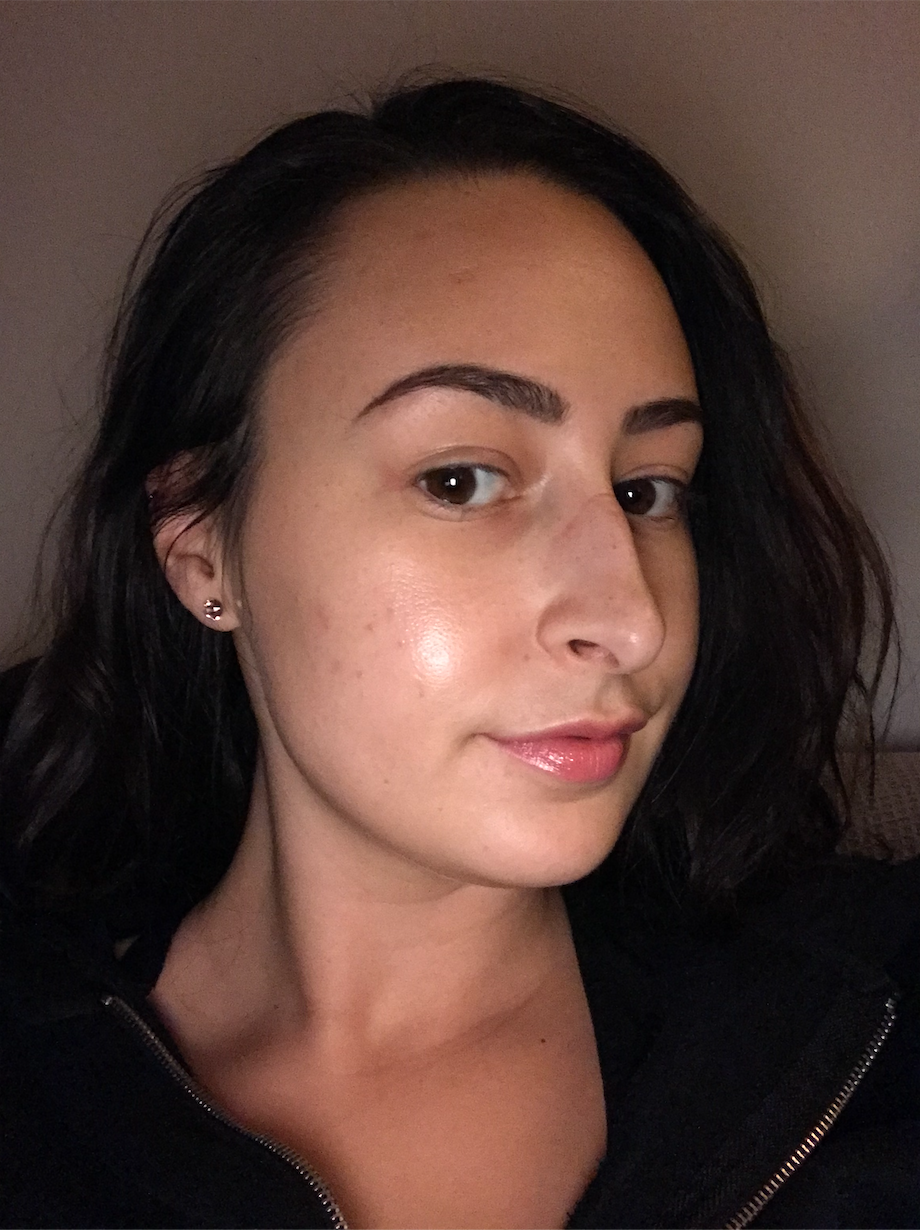
 Retinol is the key anti-ageing ingredient everyone is talking about at the moment, and that is most probably due to the fact that it works! Let’s dive straight in and I will tell you all about retinol including my personal experience with it.
Retinol is the key anti-ageing ingredient everyone is talking about at the moment, and that is most probably due to the fact that it works! Let’s dive straight in and I will tell you all about retinol including my personal experience with it. then gradually working up to nightly applications gradually. In the same way, as I have said in previous blogs about exfoliant products, you need to wear sunscreen during the day, because retinoids increase the skin’s sensitivity to sunlight.
then gradually working up to nightly applications gradually. In the same way, as I have said in previous blogs about exfoliant products, you need to wear sunscreen during the day, because retinoids increase the skin’s sensitivity to sunlight.


 This is not an advert for or against retinol, but after I had conducted some research I discovered that many dermatologists don’t advise people who have psoriasis to use retinol. I have psoriasis! There should have been more warnings on the packaging of the sample; I should have researched the ingredients before putting it on my face and I should have only used a pea-size amount. The moral of the story is to do your own research before using a new product or ingredient and to also conduct patch tests to see how your skin reacts.
This is not an advert for or against retinol, but after I had conducted some research I discovered that many dermatologists don’t advise people who have psoriasis to use retinol. I have psoriasis! There should have been more warnings on the packaging of the sample; I should have researched the ingredients before putting it on my face and I should have only used a pea-size amount. The moral of the story is to do your own research before using a new product or ingredient and to also conduct patch tests to see how your skin reacts.
 Hydration isn’t the only benefit of
Hydration isn’t the only benefit of  C
C Like with any new skincare product, you should start slow with
Like with any new skincare product, you should start slow with 
 They say “
They say “ ingredients. Their teen range is the Salicylic acid range. They are all cruelty-free products. If you are environmentally conscious maybe avoid the pads and face masks as they are one use only products.
ingredients. Their teen range is the Salicylic acid range. They are all cruelty-free products. If you are environmentally conscious maybe avoid the pads and face masks as they are one use only products. 

 definition of what sensitive skin actually is. It is more so defined by individuals experiences and like all things some individuals are affected more seriously than others. Common side effects of sensitive skin include:
definition of what sensitive skin actually is. It is more so defined by individuals experiences and like all things some individuals are affected more seriously than others. Common side effects of sensitive skin include: Download the app ‘Think Dirty’.
Download the app ‘Think Dirty’. 









 PM
PM